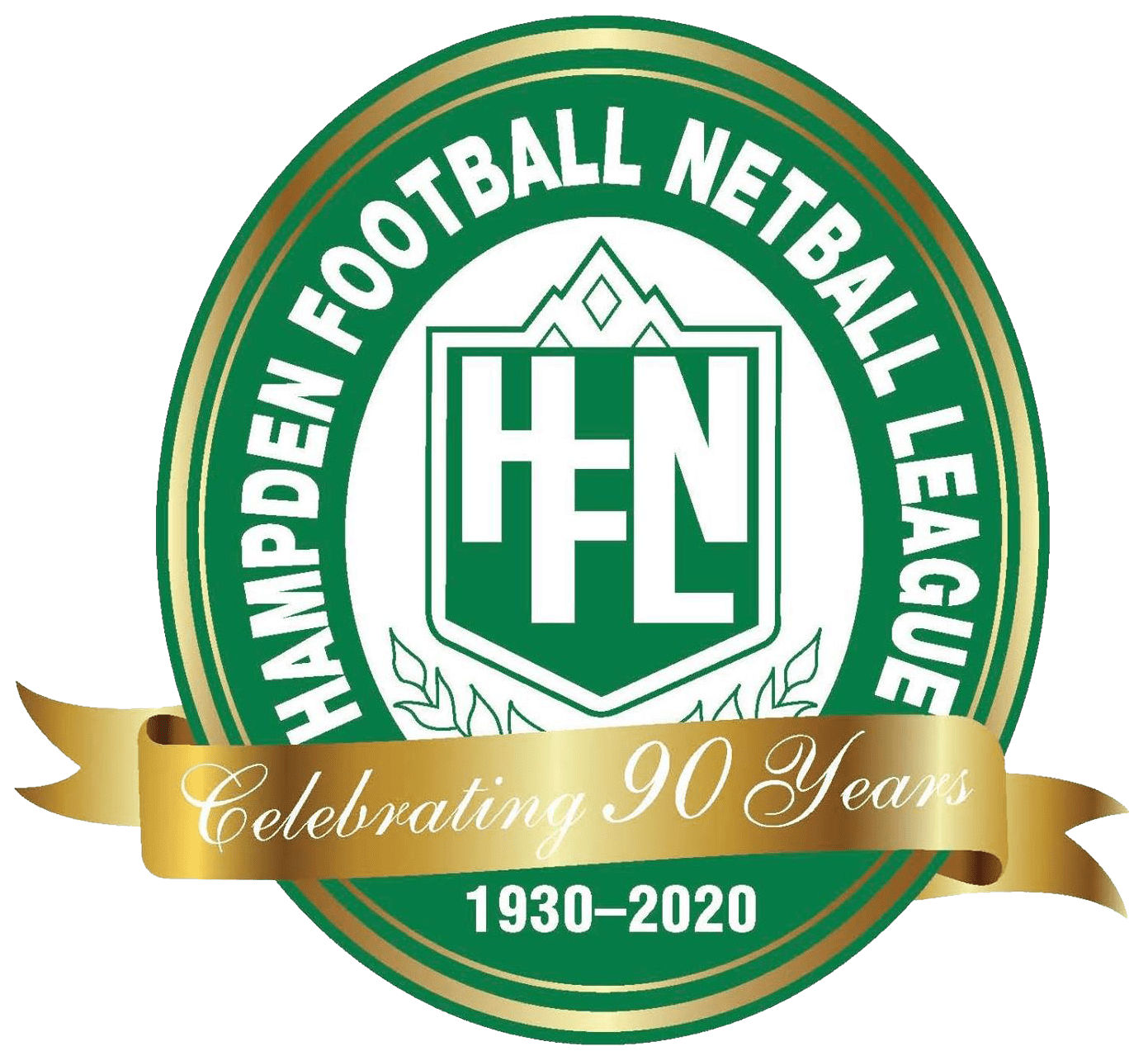Hamstring Strains
Hamstring Strains are becoming one of the most common injuries among sports that require high degree of speed, power and agility.
Proven risk factors:
Previous hamstring strains
Increasing age of the player
Sudden change in direct (acceleration or deceleration)
Suspected risk factors:
Poor flexibility
Poor strength
Hamstring muscle fatigue
Muscle Strength imbalance between the quadriceps and hamstrings
Inappropriate, inadequate or no warm up
Injury assessment
Hamstring strains are classified into grades which range from 1-3. Grade 1 is Mild, Grade 2 is Moderate and Grade 3 is severe.
Signs and symptoms will vary depending on the grade and the person.
Immediate management
The aim is to reduce bleeding and damage in the muscle. The immediate management is as follows:
The RICER protocol (Rest, Ice, Compression, Elevation & Referral)
This should be followed for 48-72hrs.
When icing its 20mins on and 2hrs off. Never apply ice directly to the skin
The No HARM protocol should be followed to (No Heat, No Alcohol, No Running or activity and No Massage) Follow for 72hrs post injury. This will ensure decreased bleeding and swelling to the injury.
Where to get more information?
Sports doctor/GP
Physiotherapist
ALWAYS CONSULT A TRAINED PROFESSIONAL. This information is a resource and provides an overview. It’s not a substitute for medical advice and you should always see a trained professional practicing in sports medicine, your doctor or seek assistance of the hospital if the injury/ health concern requires urgent attention
Proudly Supported by: The Flying Horse, Warrnambool – Pulse CPR – Star Printing
Email: sspokes@yahoo.com.au | Facebook page: South West Trainers


